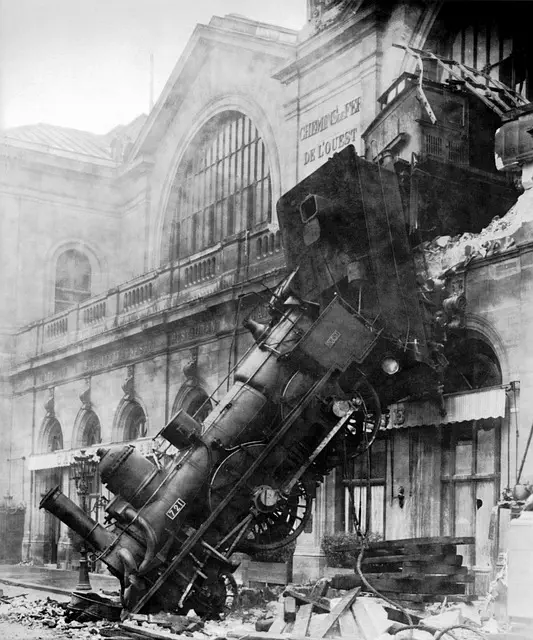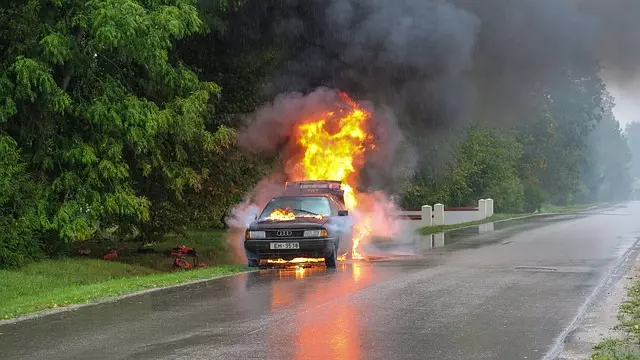Slip and fall accidents on Staten Island can result in severe brain injuries requiring extensive medical care. Property owners in New York City have a legal duty to maintain safe premises, addressing issues like slippery surfaces promptly. If visitors are injured due to negligence, they may be entitled to compensation from a Brain Injury Lawyer NYC for medical expenses and pain and suffering. These accidents are prevalent in NYC, causing millions of emergency room visits annually, with commercial and residential spaces posing risks from wet floors, uneven surfaces, poor lighting, and inadequate maintenance. Legal precedents guide judges and juries in assessing negligence cases, considering injury severity, hazard extent, and the owner's knowledge prior to the incident.
Slip and fall accidents are a prevalent concern in Staten Island, with thousands of cases reported each year. Understanding these incidents is crucial, especially their potential to cause serious brain injuries. This article explores the statistics and causes behind slip and falls, delves into the legal implications, and highlights the significance of Brain Injury Lawyers NYC in securing compensation and rights for victims. When a fall leads to a brain injury, the consequences can be life-altering, demanding expert legal navigation.
- Understanding Slip and Fall Accidents in Staten Island
- – Statistics and common causes of slip and fall injuries in residential and commercial properties.
- – Legal implications: When can a property owner be held liable?
Understanding Slip and Fall Accidents in Staten Island

Slip and fall accidents can have severe consequences, especially when they occur in public spaces like Staten Island. These incidents can result in various injuries, including brain injuries, which may require extensive medical attention and long-term care. Given the potential severity, understanding what constitutes a slip and fall accident is crucial for anyone living or visiting this vibrant, bustling area.
In New York City, including Staten Island, property owners have a legal obligation to maintain their premises in a safe condition. This includes addressing issues like slippery surfaces, loose tiles, or uneven sidewalks promptly. If a visitor suffers an injury due to the negligence of a property owner, they may be entitled to compensation for medical expenses, pain and suffering, and other related damages. A Brain Injury Lawyer NYC can help victims navigate this complex legal landscape and secure the justice and financial support they deserve.
– Statistics and common causes of slip and fall injuries in residential and commercial properties.

Slip and fall accidents are a significant cause of injuries in both residential and commercial properties. According to recent statistics, these incidents lead to millions of emergency room visits annually in the United States, with a substantial portion occurring in New York City due to its bustling metropolis nature. Commercial spaces, such as grocery stores and office buildings, along with residential areas, often have high traffic and diverse surfaces, making them prone to slip and fall hazards.
Common causes include wet or uneven floors, inadequate lighting, loose rugs, ice or snow accumulation, and poor maintenance. Brain injuries are a serious consequence of these accidents, emphasizing the need for property owners and businesses to ensure safety measures. A Brain Injury Lawyer NYC can assist individuals who have suffered such injuries due to negligence in securing compensation for medical bills, pain, and suffering.
– Legal implications: When can a property owner be held liable?

When determining liability in slip and fall cases on property owned by others, especially in areas like Staten Island, understanding the legal implications is crucial. A Brain Injury Lawyer NYC would advise that a property owner can be held responsible for damages if they were negligent in maintaining their premises. This negligence could manifest in several ways: failing to clean up visible hazards, improper lighting, or inadequate warning signs.
If a visitor slips and falls due to these issues, the onus may fall on the owner to prove that they took reasonable steps to ensure safe conditions. Legal precedents and state laws guide judges and juries in assessing these cases, considering factors such as the severity of injuries, the extent of the hazard, and whether the property owner had actual or constructive knowledge of the issue prior to the incident.
